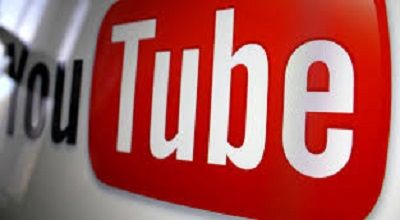Purpose of YouTube for students
What is the purpose of YouTube for students? YouTube serves as a versatile resource for students, fulfilling various educational needs through its wide array of content. Here are some of the primary purposes of YouTube in a student’s learning journey:
- Educational Content: YouTube hosts a vast library of educational videos on topics ranging from basic arithmetic to advanced quantum physics. Channels like Khan Academy, CrashCourse, and TED-Ed offer structured lessons in an engaging format.
- Supplemental Learning: Students often turn to YouTube to supplement their learning. If they are struggling with a concept taught in class, they can find alternative explanations or tutorials online.
- Skill Development: Beyond academic learning, YouTube is a resource for learning practical skills. Such as coding, painting, music, or any other hobby or skill interest. This is especially useful for students looking to broaden their skillset outside of the traditional curriculum.
- Research and Project Inspiration: For projects, presentations, or research, students can find a wealth of documentaries, interviews, and expert talks to spark ideas or deepen their understanding of a subject.
- Career Exploration: With insights into different careers and industries, students can explore potential future paths. They can watch day-in-the-life videos, interviews with professionals, and more to gain insight into various fields.
- Learning Communities: YouTube also fosters interactive communities. Students can participate in study groups and discussion forums, or follow educators and peers. Engaging in a broader learning community beyond their immediate environment.
- Accessibility: For students with different learning needs or those who cannot access traditional forms of education easily. YouTube provides a free and accessible platform for people to learn at their own pace and according to their own needs.
Final Words
In educational contexts, YouTube is a tool that, when used appropriately, can enhance understanding. Provide diverse perspectives and offer a rich, multimedia learning experience. However, it’s important for students to be discerning about the quality of content and to balance their screen time with other forms of learning and activities.
